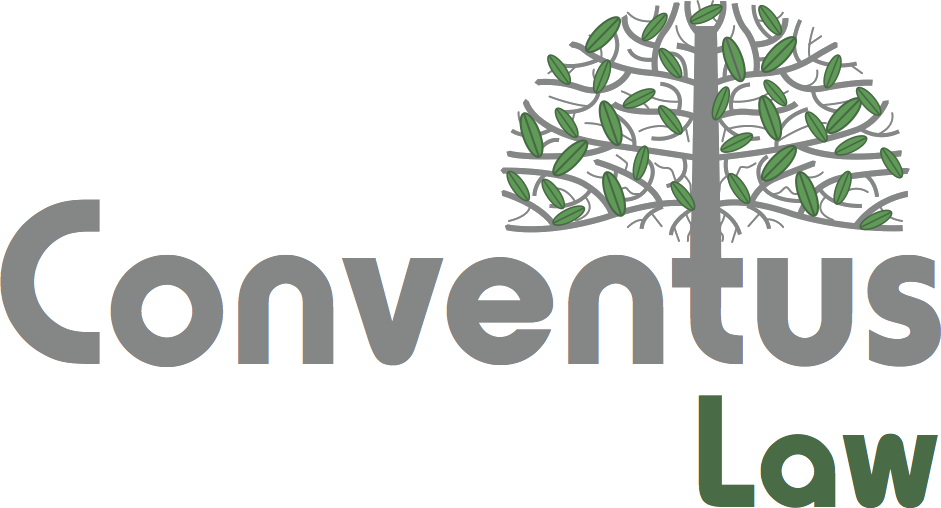What You Need to Know
- Key takeaway #1This was a case of first impression at the Federal Circuit involving the subject-matter eligibility of patents directed towards the application of methods of machine learning to new data environments. The decision provides guidance for patent litigation involving AI patents.
- Key takeaway #2While recognizing that machine learning is a growing and important field that may lead to patent-eligible improvements, the Court held that the patents at issue did not claim patent-eligible subject matter because they merely claimed the application of generic machine learning without disclosing improvements to the machine learning models to be applied.
- Key takeaway #3This decision is instructive for those preparing and prosecuting patent applications, because the Court did not broadly hold that all inventions involving machine learning are patent ineligible, and in fact suggested, as an example, that improvements to machine learning itself could be patent eligible.
The Federal Circuit recently addressed a case of first impression involving AI patented technology under 35 U.S.C. § 101 to hold that “claims that do no more than apply established methods of machine learning to a new data environment” are not patent eligible. This case provides helpful guidance for patent prosecutors on how to draft claims directed to AI technology to be patent-eligible and for litigators on how to attack or defend AI patents.
In Recentive Analytics, Inc. v. Fox Corp., the Court considered two sets of patents, which were held to be patent ineligible by a district court on a motion to dismiss. The Court affirmed the district court’s ruling that the patents were invalid because they were directed to “the abstract idea of using a generic machine learning technique,” and also provided guidance on how AI technology could be patent-eligible.
The first set of patents was generally directed to the application of machine learning to optimize the scheduling of live events, which is useful in the entertainment industry. The Court distilled the representative method claim as follows:
(i) a collecting step (receiving event parameters and target features); (ii) an iterative training step for the machine learning model (identifying relationships within the data); (iii) an output step (generating an optimized schedule); and (iv) an updating step (detecting changes to the data inputs and iteratively generating new, further optimized schedules).
The second set of patents was generally directed to the application of machine learning to optimize “network maps” (the maps determine programming or content on a specific channel within a particular geographic market and time), which is useful for the television industry. The Court summarized the representative method claim as follows:
(i) a collecting step (receiving current broadcasting schedules); (ii) an analyzing step (creating a network map); (iii) an updating step (incorporating real-time changes to the data inputs); and (iv) a using step (determining program broadcasts using the optimized network map).
Applying the familiar, Alice two-step analysis and noting that these patents fell under the umbrella of software patents, the Court concluded under step one that these patents claimed “ineligible, abstract subject matter,” i.e., producing event schedules and network maps using conventional and “generic machine learning technology.” Notably, the Court noted that the patent owner admitted during oral argument “that the patents do not claim a specific method for ‘improving the mathematical algorithm, or making machine learning better,’” which supported the Court’s ruling that neither set of patents claimed an improvement to machine learning technology. Notwithstanding the patent owner’s admission, the Court also pointed out that the claims did “not delineate steps through which the machine learning technology achieves an improvement.”
The Court also observed that the relevant patent specifications acknowledged that humans have previously engaged in the activities of event scheduling and the creation of network maps, and that the patents merely claimed the use of machine learning to speed up these activities. Moreover, the Court noted that the patent specifications merely described conventional machine learning technology. The Court explained that it had consistently held that patents are not patent eligible merely because a claimed invention uses conventional technology to speed up human activities.
Moreover, the Court rejected the patent owner’s argument that the patents claimed eligible subject matter because the claimed methods applied machine learning to new environments, i.e., new fields of use—the fields of event scheduling and the creation of network maps. Relying on longstanding precedent, the Court explained that an abstract idea does not become patent eligible just because it is limited “to a particular field of use or technological environment.”
Turning to step two under the Alice framework, the Court saw nothing in the patents that would transform the abstract ideas of generating event schedules and network maps using machine learning into something “significantly more” that would render the claimed subject matter patent eligible. The patent owner argued that the inventive concept sufficient to transform the abstract ideas into patent-eligible subject matter was that the patents used “machine learning to dynamically generate optimized maps and schedules based on real-time data and updated them based on changing conditions.” But the Court perceived these concepts as nothing “more than claiming the abstract idea itself.”
The Court also rejected the patent owner’s argument that the lower court should have granted it leave to amend because the patent owner “failed to propose any amendments or identify any factual issues that would alter the § 101 analysis,” including any potential claim construction issues, and as a result, any such amendment would have been futile.
To conclude, the Court recognized that the field of machine learning was a developing and important one and that there could be patent-eligible improvements in the future. The Court explained that its holding was “only that patents that do no more than claim the application of generic machine learning to new data environments, without disclosing improvements to the machine learning models to be applied, are patent ineligible under § 101.”
Looking Forward
As the Federal Circuit mentioned, machine learning is a burgeoning field with rapid developments. Patent-eligible subject matter in this field cannot be predicated on the mere generic and conventional use of machine learning to analyze and generate new information. However, the Federal Circuit fortunately did not shut the door on all machine learning-related inventions as being unpatentable as it suggested that claimed improvements to machine learning itself could pass muster under Alice.
This decision is worth studying as it provides guidance in preparing and prosecuting patent applications on AI-related technology to obtain patents that may have a higher likelihood of being held patent eligible in court. This decision also provides guidance to parties involved in patent litigation involving AI patents on shaping arguments on patent-eligible subject matter. Given the fast-paced nature of litigation and how these challenges can be raised and adjudicated on a motion to dismiss, companies that are obtaining patents directed to AI-related technologies should also consider these issues early on, so they are prepared to identify and gather specific facts or claim terms in the patents that may need further development to survive the motion to dismiss stage during litigation.

For further information, please contact:
Marc V. Richards, Partner, Crowell & Moring
mrichards@crowell.com





